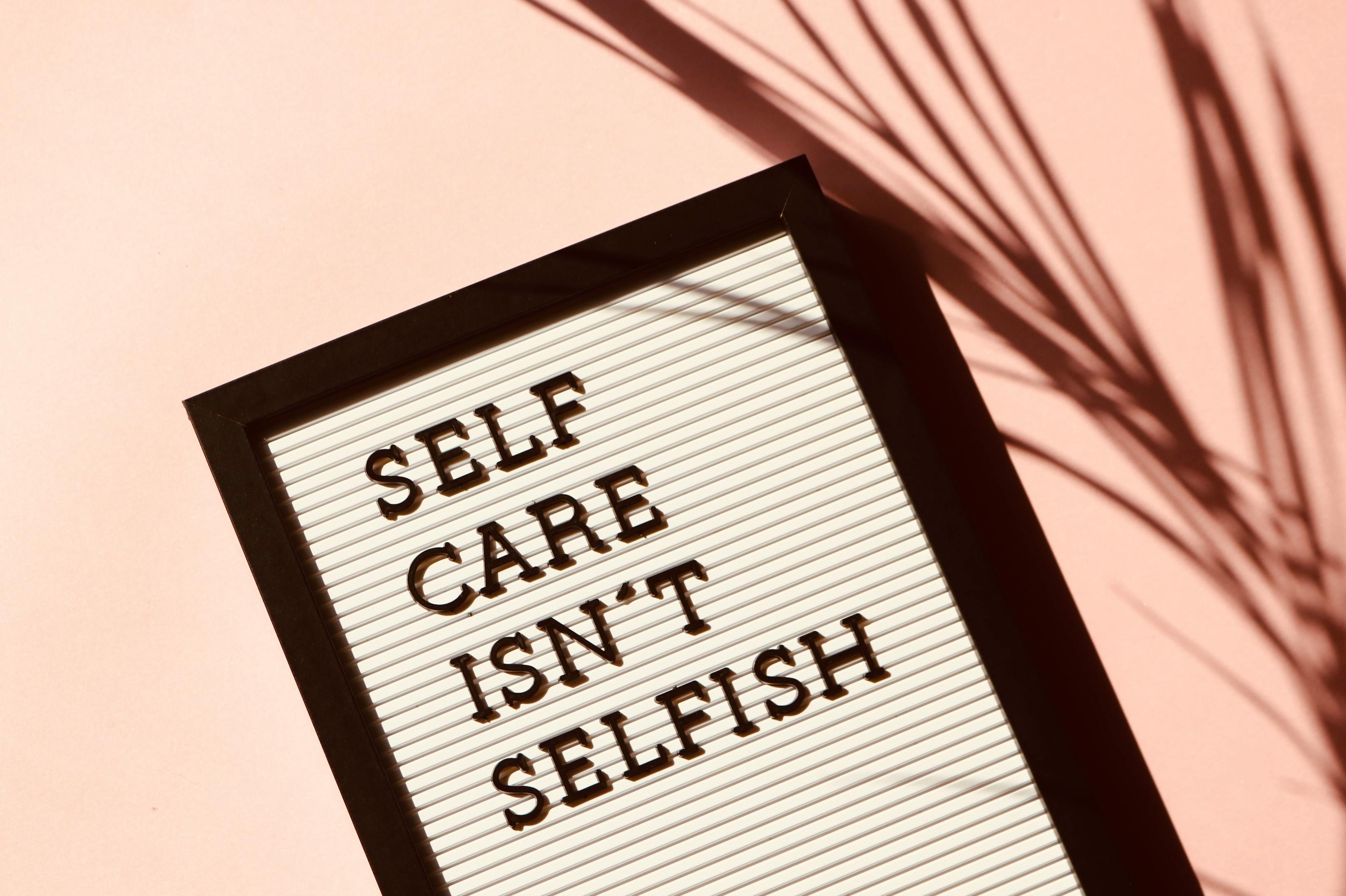Are you feeling overwhelmed by the stress of daily life? If so, developing mindfulness practices might be the solution you’ve been searching for. Mindfulness is a powerful technique that involves being fully present in the current moment, without judgment or distractions. By cultivating mindfulness, you can reduce stress, improve focus, and enhance overall well-being. In this article, we will explore some practical tips and techniques to help you develop mindfulness practices for stress reduction. So, take a deep breath, relax, and get ready to embark on a journey towards a more peaceful and balanced mind.
What is Mindfulness?
Mindfulness is the practice of bringing one’s attention to the present moment, intentionally and without judgment. It involves paying attention to your thoughts, feelings, and sensations in a non-reactive and non-judgmental way. By cultivating mindfulness, you can develop a deeper awareness of yourself and the world around you, which can lead to greater clarity, focus, and overall well-being.
Definition of mindfulness
Mindfulness can be defined as the practice of intentionally focusing your attention on the present moment, without judgment or attachment to thoughts or feelings. It involves being fully present in the here and now, rather than getting caught up in regrets about the past or worries about the future.
Benefits of practicing mindfulness
There are numerous benefits associated with regular mindfulness practice. First and foremost, it can help reduce stress and anxiety. By being fully present in the moment, mindfulness allows you to let go of worries and concerns that may be causing unnecessary stress. It can also improve mental clarity and focus, enhance emotional well-being, and promote better sleep.
Additionally, practicing mindfulness can improve your relationships with others. By being present and fully engaged in your interactions, you can cultivate deeper connections and better communication. Mindfulness has also been found to enhance creativity and problem-solving skills, as it encourages a more open and receptive mindset.
Understanding Stress
Stress is a natural response to challenging or demanding situations. It can be caused by external factors such as work deadlines, relationship problems, or financial pressures, as well as internal factors such as self-imposed expectations or negative self-talk. While some level of stress is normal and can even be beneficial, chronic or excessive stress can have a detrimental effect on both the mind and body.
Causes of stress
Stress can be caused by a wide range of factors. Some common causes include work-related pressures, financial difficulties, relationship problems, health issues, and major life changes. Everyone’s stressors may be different, and it’s important to recognize and address the specific causes of stress in your life.
Effects of stress on the mind and body
When stress becomes chronic or overwhelming, it can have negative effects on both your physical and mental health. Some common symptoms of chronic stress include fatigue, headaches, digestive problems, muscle tension, irritability, difficulty concentrating, and sleep disturbances. Prolonged stress can also contribute to the development of mental health conditions such as anxiety and depression.
The importance of stress reduction
Given the negative impact of chronic stress on both your physical and mental well-being, it’s crucial to prioritize stress reduction in your life. Engaging in mindfulness practices can be an effective way to manage and reduce stress. By cultivating a present-moment awareness, you can break free from the cycle of stress and gain a greater sense of calm and clarity.

Getting Started with Mindfulness
Embarking on a mindfulness practice doesn’t require any special equipment or training. Here are some simple steps you can take to get started:
Set clear intentions
Before beginning your mindfulness journey, take a moment to reflect on why you want to incorporate mindfulness into your life. Setting clear intentions can help you stay motivated and committed to your practice. Whether you’re seeking stress reduction, improved focus, or greater self-awareness, having a clear purpose will guide your mindfulness efforts.
Create a dedicated practice space
Find a quiet and comfortable space in your home where you can practice mindfulness without distractions. Ideally, this space should be clean and clutter-free, promoting a sense of peace and tranquility. You can adorn the space with objects that hold personal meaning or create a calming ambiance with soft lighting or soothing music.
Choose a suitable time for practice
Select a time of day when you can dedicate a few minutes to mindfulness practice. It could be in the morning before starting your day, during a lunch break, or in the evening before bed. Consistency is key, so try to establish a routine that works for you and stick to it. Starting with just a few minutes each day and gradually increasing the duration can be a helpful approach for beginners.
Breathing Techniques for Mindfulness
One of the fundamental aspects of mindfulness is bringing attention to the breath. By focusing on the breath, you can anchor yourself in the present moment and cultivate a sense of calm and relaxation. Here are three breathing techniques that can enhance your mindfulness practice:
Deep belly breathing
Find a comfortable seated or lying position, placing one hand on your belly and the other on your chest. Take a deep breath in through your nose, allowing your belly to rise as you fill your lungs with air. Exhale slowly through your mouth, feeling your belly sink back down. Repeat this deep belly breathing for several minutes, focusing your attention on the sensation of the breath filling and leaving your body.
Counting breaths
In this technique, you’ll count each breath to help maintain focus and awareness. Start by taking a slow, deep breath in through your nose, counting “one” silently in your mind. As you exhale, count “two.” Inhale again and count “three” on the next exhalation. Continue this pattern, counting up to ten and then starting over. If your mind wanders, gently bring your attention back to the breath and resume counting from one.
Box breathing
Box breathing is a method that involves inhaling, holding the breath, exhaling, and holding the breath again, each for an equal count of seconds. Visualize a box in your mind, and as you inhale, count to four. Hold your breath for a count of four, then exhale slowly for a count of four. Finally, hold your breath again for a count of four. Repeat this cycle several times, focusing on the breath and the sensations it creates within your body.

Body Scan Meditation
Body scan meditation is a mindfulness technique that involves systematically directing your attention to different parts of your body. By bringing awareness to each area, you can connect with your physical sensations and release tension or discomfort. Here’s how to perform a body scan meditation:
Steps to perform a body scan meditation
Find a comfortable position, either sitting or lying down. Close your eyes and begin by bringing your attention to your breath, taking a few deep breaths to center yourself. Start at the top of your head and slowly move your attention down through your body, paying attention to each area as you go. Notice any sensations, tension, or discomfort, and simply observe them without judgment. As you progress through each body part, visualize releasing any tension or stress. Finish the body scan by bringing your attention back to the breath and taking a few more deep breaths.
Benefits of body scan meditation
Body scan meditation can help increase body awareness and promote relaxation. By systematically scanning your body, you can identify areas of tension or discomfort and learn to release them. Regular practice of body scan meditation can lead to a greater sense of physical and mental well-being, as well as enhanced self-awareness.
Walking Meditation
Walking meditation is a form of mindfulness practice that involves paying attention to each step and the sensations associated with walking. It can be done indoors or outdoors and is a wonderful way to bring mindfulness into your daily life. Here’s how to perform walking meditation:
Steps to perform walking meditation
Find a quiet and safe place to walk, free from distractions. Begin by standing still and bringing your attention to your breath, taking a few deep breaths to center yourself. As you start walking, maintain a slow and deliberate pace, focusing your attention on the physical sensations of each step. Notice the feeling of your feet touching the ground, the movement of your legs, and any other sensations that arise. If your mind begins to wander, gently bring your focus back to the sensations of walking.
Adding mindfulness to daily walks
Incorporating mindfulness into your daily walks can deepen your connection with the present moment and enhance your overall well-being. Instead of getting lost in thoughts or distractions, try to bring your attention fully to the act of walking. Notice the rhythm of your steps, the feeling of the ground beneath your feet, and the sights and sounds around you. By engaging all your senses, you can transform a simple walk into a mindful and rejuvenating experience.

Mindful Eating
Mindful eating is the practice of bringing full attention to the experience of eating, without judgment or distractions. It involves savoring each bite, fully experiencing the flavors, textures, and smells of the food. Here’s why mindful eating is beneficial and how to incorporate it into your daily life:
Benefits of mindful eating
Practicing mindful eating can help foster a healthier relationship with food and promote overall well-being. It allows you to become more attuned to your body’s hunger and fullness cues, preventing overeating or mindless snacking. Mindful eating also creates a greater sense of satisfaction and enjoyment from your meals, as you savor each bite and fully engage your senses.
Practicing mindful eating
To practice mindful eating, start by slowing down and paying attention to your mealtime experience. Remove distractions such as electronics and take a few deep breaths to center yourself. As you eat, take small bites and chew slowly, savoring the flavors and textures of the food. Notice the sensations in your body as you eat, such as the feeling of satiety or any changes in hunger levels. If your mind wanders, gently bring your focus back to the present moment and the act of eating.
Eating with all your senses
Engaging all your senses while eating can enhance the mindful eating experience. Notice the colors and shapes of the food, inhale the aroma, and appreciate the textures as you chew. Take time to truly taste each bite, savoring the flavors and being fully present with your meal. By eating with all your senses, you can cultivate a deeper connection to your food and nourish both your body and mind.
Mindful Journaling
Mindful journaling is a powerful tool for self-reflection and self-discovery. By putting pen to paper, you can explore your thoughts, emotions, and experiences in a mindful and non-judgmental way. Here’s how to incorporate mindful journaling into your practice:
Keeping a mindfulness journal
Choose a notebook or journal that you feel drawn to and designate it specifically for your mindfulness practice. Set aside a few minutes each day to sit in a quiet space and reflect on your day. Write down your thoughts, feelings, and observations without judgment or analysis. You can also use your journal to record gratitude, intentions, or any insights gained from your mindfulness practice.
Reflecting on experiences and emotions
Mindful journaling allows you to dive deeper into your experiences and emotions, providing a space for self-reflection and self-awareness. By putting your thoughts and feelings on paper, you can gain clarity and perspective on challenging situations or difficult emotions. The process of writing can also be cathartic and help release any pent-up stress or frustration.
Gratitude journaling
An integral part of mindful journaling is cultivating gratitude. Take time each day to reflect on what you are grateful for and write down three things you appreciate. They can be big or small, ranging from the beauty of nature to the kindness of a stranger. Cultivating gratitude through journaling can shift your focus from negativity to positivity, promoting a sense of contentment and well-being.
Mindfulness in Daily Tasks
Integrating mindfulness into your daily tasks can be a powerful way to bring a sense of presence and awareness to your everyday life. Here are some examples of how you can practice mindfulness in various activities:
Brushing teeth mindfully
Instead of rushing through your oral hygiene routine, take the opportunity to practice mindfulness. Pay attention to the sensation of the toothbrush against your teeth and gums, the taste of the toothpaste, and the feeling of cleanliness and freshness. By focusing on the task at hand, you can turn a mundane activity into a mindful moment.
Mindful driving
Driving can be a prime opportunity for practicing mindfulness. Instead of getting lost in thought or worrying about reaching your destination, bring your attention to the act of driving itself. Notice the sensation of your hands on the steering wheel, the rhythm of your breath, and the sights and sounds around you. Being fully present on the road can not only enhance your safety but also instill a sense of calm and clarity.
Mindful cleaning
Engaging in household chores can become a mindfulness practice. Whether you’re washing dishes, folding laundry, or sweeping the floor, bring your full attention to the task at hand. Notice the sensation of the water on your hands, the smell of the detergent, or the sound of the broom against the floor. By immersing yourself in the present moment, you can transform cleaning into a meditative and calming experience.
Developing a Mindfulness Routine
To truly benefit from mindfulness, it’s important to establish a regular practice. Here are some tips for developing a mindfulness routine:
Setting realistic goals
Start small and set achievable goals for your mindfulness practice. Begin with just a few minutes each day and gradually increase the length of your sessions as you become more comfortable. Avoid putting pressure on yourself to meditate for a certain amount of time or achieve specific outcomes. Instead, focus on the process of being present and cultivating a non-judgmental awareness.
Finding accountability
To stay motivated in your mindfulness journey, find support and accountability. This can be in the form of a meditation group, an online community, or a friend who is also interested in mindfulness. Sharing your experiences and challenges with others can provide encouragement and keep you committed to your practice.
Maintaining consistency
Consistency is key when it comes to mindfulness. Aim to practice daily, even if it’s for a short period of time. Set reminders or incorporate mindfulness into your existing routine to make it easier to stick with. Remember that each moment of mindfulness counts, and even a few minutes of practice can have a positive impact on your overall well-being.
Incorporating mindfulness into your life can bring about profound positive changes, from reducing stress and anxiety to improving focus and meaningful connections. By practicing these techniques and developing a regular mindfulness routine, you can cultivate a greater sense of peace, clarity, and well-being in your everyday life. So, why not start your mindfulness journey today?







